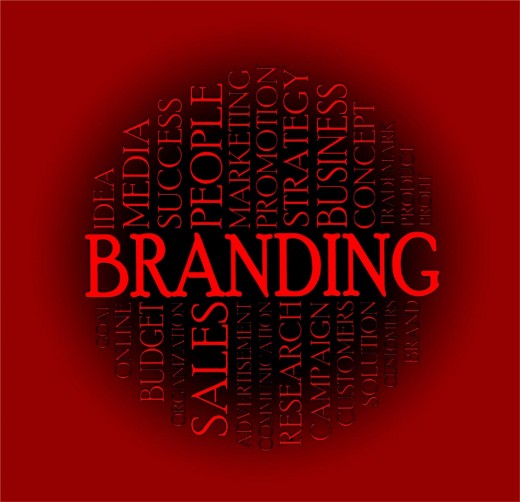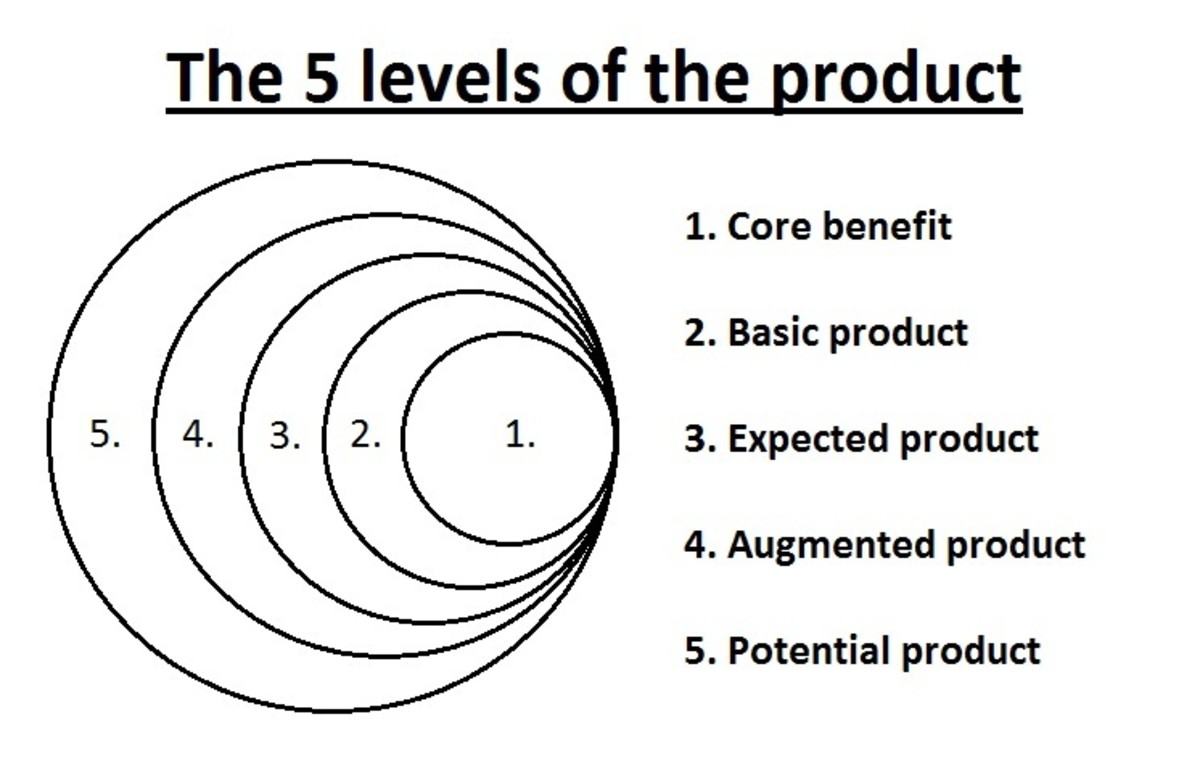What You Need To Know About Trademarks

Did you know that archaeologists found evidence that points to potters 3,500 years ago actually putting a distinctive mark on their pottery to distinguish their work from other potters? A trademark is a word, name, symbol or device used to identify the source or origin of products or services and to distinguish those products or services from others.
There are four types of trademarks and they are:
1. Trademark - Yes.. the regular trademark that is defined above.
2. Service Mark - These are similar to trademarks and are used to identify the services or intangible activities of a business.
3. Collective Mark - These are trademarks and service marks used by the members of an association or a collective group.
4. Certification Mark - These are names, marks, symbols, devices or words used by a person other than its owner to certify a particular quality about a service or good.
All of the trademark categories are renewable every ten years as long as the mark remains in use.

Passed in 1946, the Lanham Act covers trademark law and protects the following :
1. Words - All combination of words. (Exclusions listed at the end of the article.)
2. Letters and Numbers - Examples - 3M or AT&T or 1-800-FLOWERS.
3. Logos and Designs - A mark that is only a graphic element. Example - Nike’s Swoosh
4. Sounds - This is a rare one but there are examples - Yahoo’s yodel or MGM’s lion roar. The sound must be distinctive.
5. Fragrances - This is a tricky one. You cannot trademark the smell of vanilla or a rose or something like that. As long as the product is not known for the fragrance or the fragrance does not enhance the use of the product, it can be trademarked. So, a perfume or deodorizer is not trademarkable but stationary treated with a special smell most likely would be.
6. Shapes - As long as the shape is not a functional aspect of the product. Example - Coke’s curved bottle.
7. Colors - As long as the color is not a functional aspect of the product. Example - Nexium markets their drug as “The Purple Pill”. The color of the pill makes no difference on what the pill does, it just sets it apart and makes it recognizable.
8. Trade Dress - This is when a company uses a particular décor or look to set themselves apart from their competitor. Example - Every Taco Bell in the nation looks the same. They trademarked the “look”.
Here is a bit of information I don’t think a lot of people know about. Technically speaking, a trademark does not need to be registered to receive protection. Once a mark has been used in commerce, like in an advertisement, it is protected. Of course, there are important advantages to registering with the U.S. Patent and Trademark Office.
Registered marks carry with them the ability to block the importation of infringing goods into the United States. You would have nationwide priority to use the mark and most important of all, the ability to use the classic circle ‘R’. Why is the circle ‘R’ so important, you ask? First it provides notice of the owner’s registration and it allows the owner to recover damages with an infringement lawsuit. It also reduces the offender’s ability to claim they didn’t know the particular name or logo was trademarked.

Selecting and registering a trademark is a three step process.
Step 1 - Select the appropriate mark.
Step 2 - Perform a trademark search. You have the option of doing this yourself or hiring an attorney. This is not as complicated as the patent process but if hiring a lawyer makes you more comfortable, then by all means, do it. You can start your search by using the government website www.uspto.org . Remember you must search both federal and state databases and any over-seas countries you might be doing business with.
Step 3 - Create rights in the trademark. In the U.S.A., if the mark is distinctive, the first person to use the mark becomes its owner. There are two ways to further the protection offered by the government. The first way is obvious, you need to fill out a formal application for a trademark, include a good drawing of the trademark and send them a check. An examining attorney from the Trademark Office will look at it and determine if you get your trademark.
The second way is to file an ‘intent-to-use’ trademark application. This is an application based on your intent to use the mark. Once filed, the owner obtains the benefits of registration. However, if the mark is not officially filed within six months, those benefits go away.
Last but not least, there are exclusions from receiving trademark protection. A company or person cannot trademark immoral or scandalous material, including curse words. Marks that are deceptive can not be trademarked. An example of this would be if you try to trademark a product as “made or grown in Virginia” and it was not. Also, you may not trademark descriptive marks. An example of this would be a golf ball or black hat. You can’t trademark your ball or hat with golf or black. They are too common. Lastly, you can not trademark surnames. The only way you could trademark your last name is if it is connected to more words, such as “Smith’s Plumbing and Heating” or something like that.
* Information and research for this article came from the text book… Entrepreneurship, Successfully Launching New Ventures, Second Edition 2008, Bruce R. Barringer, R. Duane Irland, Pearson, Prentice Hall Publishing.*

© 2011 Jamie Page





